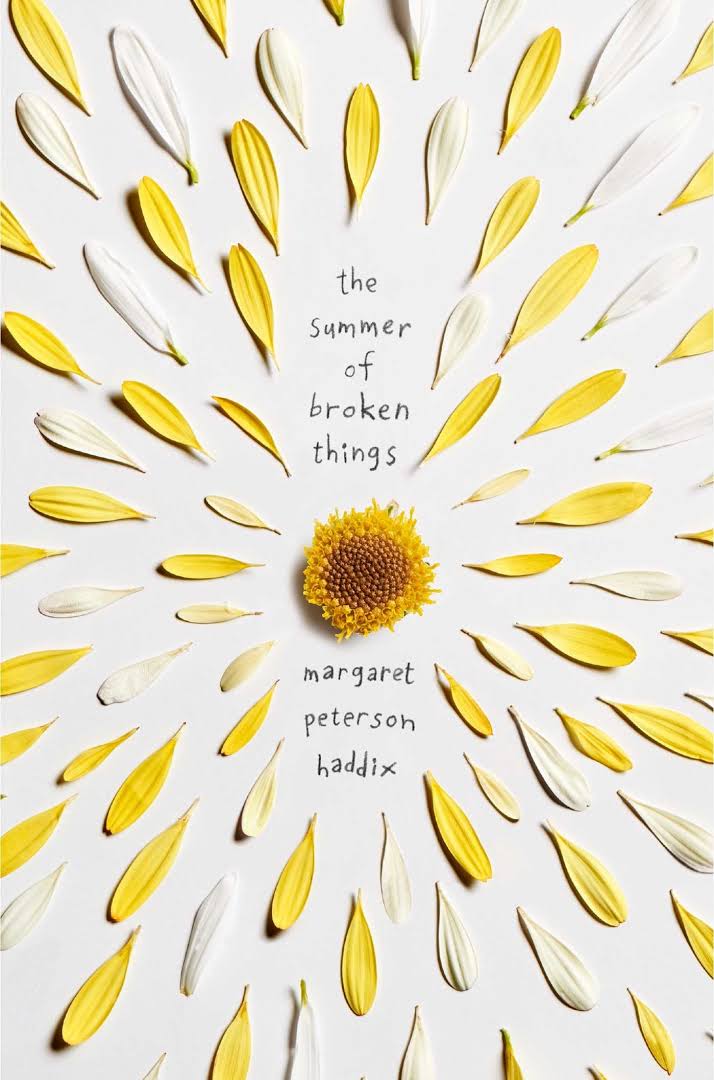 THE SUMMER OF BROKEN THINGS, by Margaret Peterson Haddix, Simon & Schuster Books for Young Readers, April 10, 2018, Hardcover, $17.99 (young adult)
THE SUMMER OF BROKEN THINGS, by Margaret Peterson Haddix, Simon & Schuster Books for Young Readers, April 10, 2018, Hardcover, $17.99 (young adult)
Appearances can be deceiving. Even the people who are seemingly perfect rarely are. The Summer of Broken Things explores the lives of two very different girls who are connected in an unexpected way.
Avery Armisted has it all. The 14-year-old is a star soccer player, she’s rich, popular and pretty. Kayla Butts is the opposite. Kayla’s 16, quiet, a hard worker and is known as “butt-girl” in her high school.
When they were little, Avery and Kayla were friends, but that was then. So when Avery’s dad announces he’s bringing Kayla along on the Armisted’s summer trip to Spain, it comes as a huge surprise.
Not only will Kayla be coming, but Avery’s mom will be staying in the States for work… so not really a family trip. And not really a friend trip, either. Avery would rather go to soccer camp with her real friends than Europe with her father and someone who is essentially a stranger.
Kayla’s never imagined much beyond her small town. A trip to Spain seems like the chance of a lifetime. But when Kayla meets up with Avery and her dad, she immediately begins to question how much vacation she’s really going to get.
Once in Spain, Avery and Kayla discover they have a connection much deeper than that of former friends. Both of their families have been keeping from them a secret so deep it could prove to splinter everything.
I wasn’t initially sure how I felt about The Summer of Broken Things. The review copy I received was a pdf, which meant I was unable to change the font size on my phone. So I’m honestly not sure if my early ambivalence had more to do with reading tiny type or not connecting with the story. However, the more I read, the more interested I became.
The Summer of Broken Things is told from Avery and Kayla’s alternating points of view. Neither of the characters are my favorite, but they both grow into more likeable people by the end. Avery comes across as entitled and self-absorbed. Kayla is mousy and self-deprecating. By the end, Avery is still very much about herself but seems to have finally learned the world does not revolve around her. Kayla, on the other hand seems to have found her own voice and has the courage to use it.
By setting The Summer of Broken Things in Europe, the author has given readers something other than the girls to focus on — Spain. That’s a good thing. If this had been set in the states, I don’t think it would have worked. Separation from everything familiar — food, clothes, music and language — forces the girls to look at the world from a new vantage point.
The Summer of Broken Things is an OK book. Its cover is beautiful, its title a little misleading and its content hits somewhere in the middle. Nothing in the novel really ever resonated with me enough to recommend buying it, but it’s worth checking out from the library to see if it’s a good match for you.
